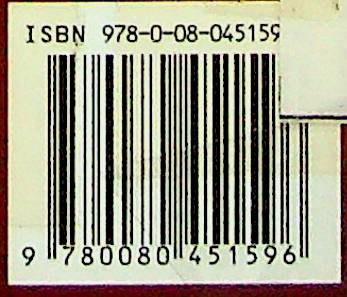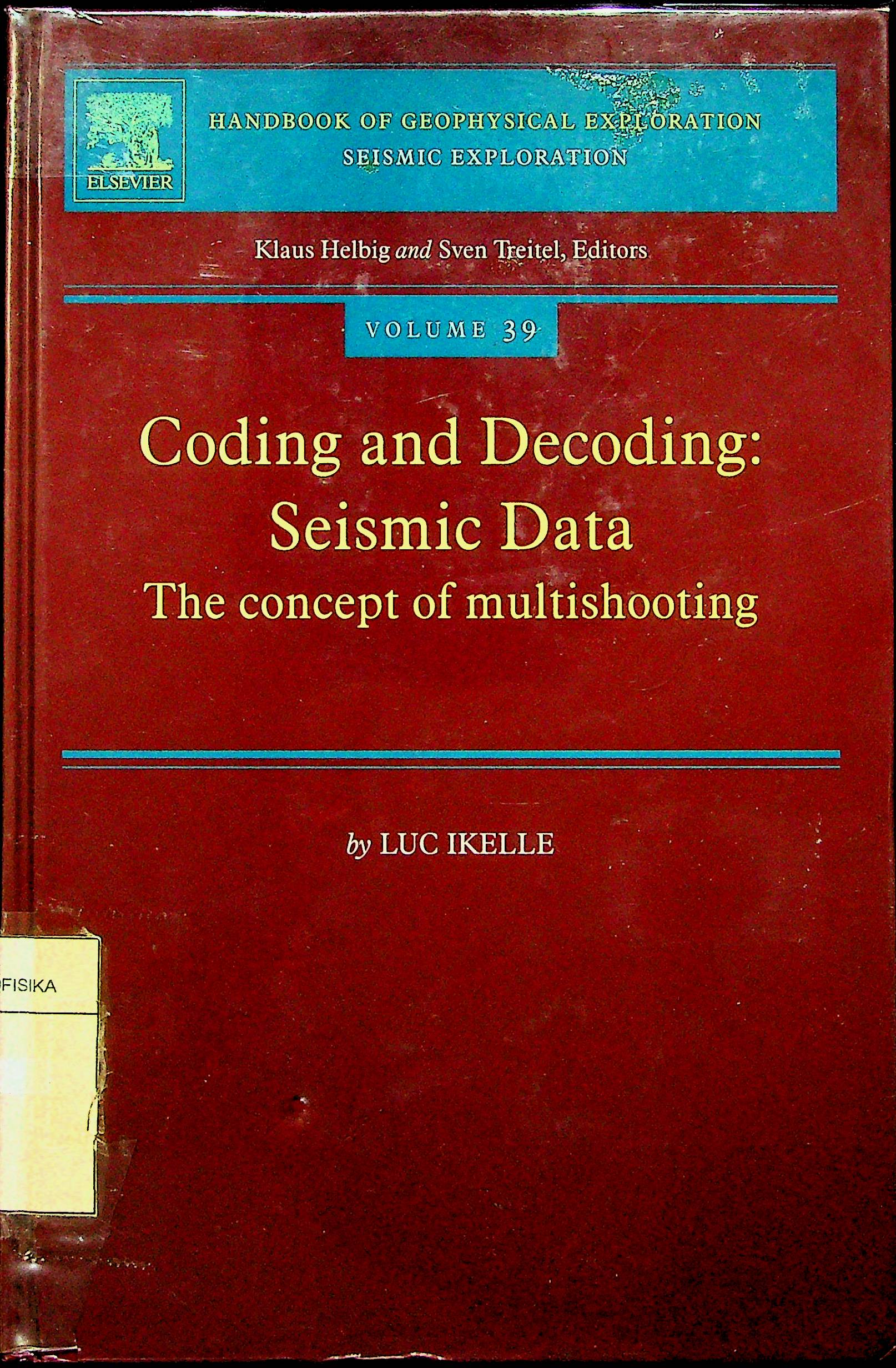Seismic surveys remain the fundamental technology for exploring oil and gas reservoirs and for delineating detailed structures of the subsurface. They are carried out with man-made sources consisting of explosives or any other man-made sudden deformations. At one of the predefined locations in the surface of the earth, or just below the sea surface, the source generates waves that propagate through the subsurface. When the wave encounters an interface with different physical properties (e.g., velocity and/or density), such as a fault or lithological change, a percentage of the generated energy is reflected toward the source position, and the remaining energy is transmitted through to the next interface. Sensors located inplaces accessible to man (like the surface of the earth, the water column in the sea, and boreholes, when they are available) record this reflected and/or transmitted energy(i.e., seismic data). The recorded seismic data are called shot gathers. The source, and sometimes sensors as well, are then moved to another predefined location where the same process is performed, resulting in a new shot gather. This process is repeated 50,000 times or more for a period of weeks and even months for one single seismic survey, costing several millions of US dollars.Significant savings in time and money in acquiring seismic data, even in processing and storing them, can be achieved by generating waves from several source locations simultaneously instead of one single-source location at a time, as is currently the case. In fact, the cost of performing several shots simultaneously is almost identical to that of performing one shot. The simultaneous multishooting concept in seismic acquisition and processing, which we are concerned with in this book, is based on this property. We will call this concept multishooting, and data resulting from one multishot will be called a multishot gather.The multishooting concept is not limited to field-data acquisition. It is also useful for generating synthetic data (i.e.,computer-generated data), which are needed for testing imaging algorithms and interpreting real data. One of the most successful numerical techniques for generating seismic synthetic data is the finite-difference modeling (FDM) technique. It consists of solving the differential equations that control wave propagation in the earth by numerically approximating derivatives of these equations. When an adequate discretization in space and time, which permits an accurate computation of derivatives of the wave equations, is possible, the finite- difference technique is by far the most accurate tool for simulating elastic wave propagation through geologically complex models such as the ones confronted today by the hydrocarbon exploration and production industry.
5
Coding and Decoding: Seismic Data THE CONCEPT OF MULTISHOOTING
LUCT. IKELLE
Penerbit :
Elsevier B.V. All rights reserved.
Tahun :
2010
Buku Text
-
No Scan83
-
No Klasifikasi551
-
ISBN-
-
ISSN-
-
No Registrasi40A/IV/2012
-
Lokasi Terbit-
-
Jumlah Hal68
-
Label551 lke c
-
Versi DigitalYA
-
Versi FisikYA
-
Lokasi Rak Buku Fisik01/B/02
-
Jumlah Exemplar Fisik Tersedia1






